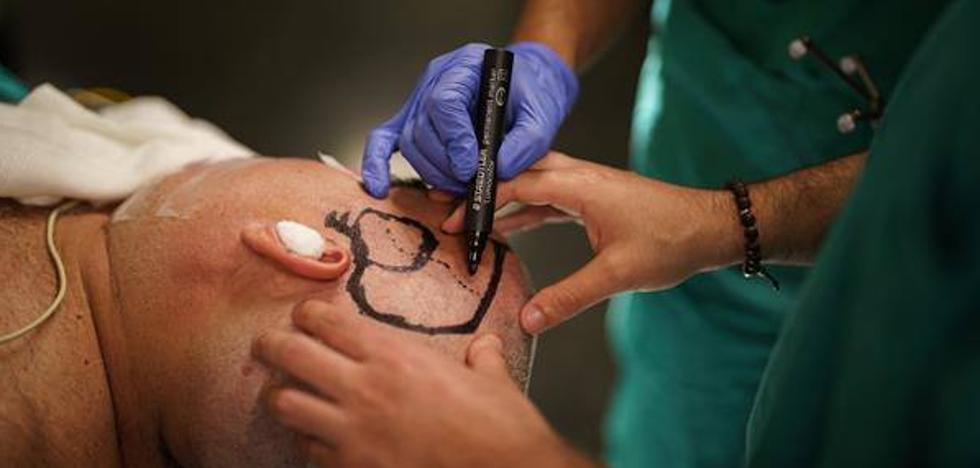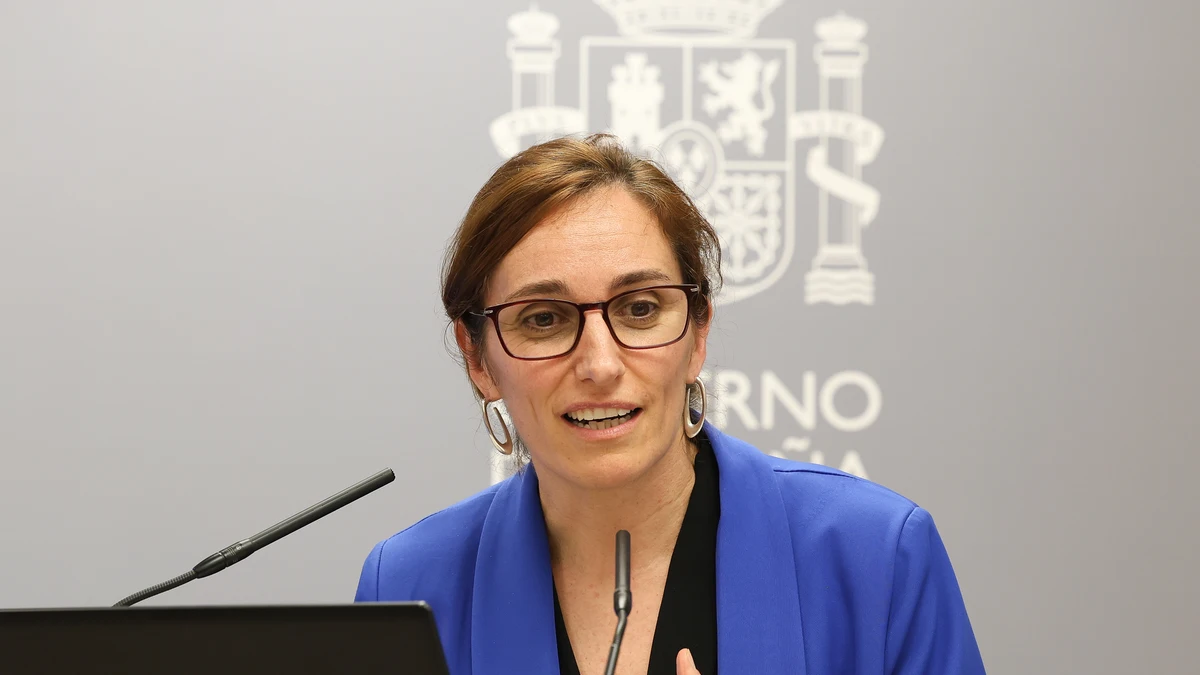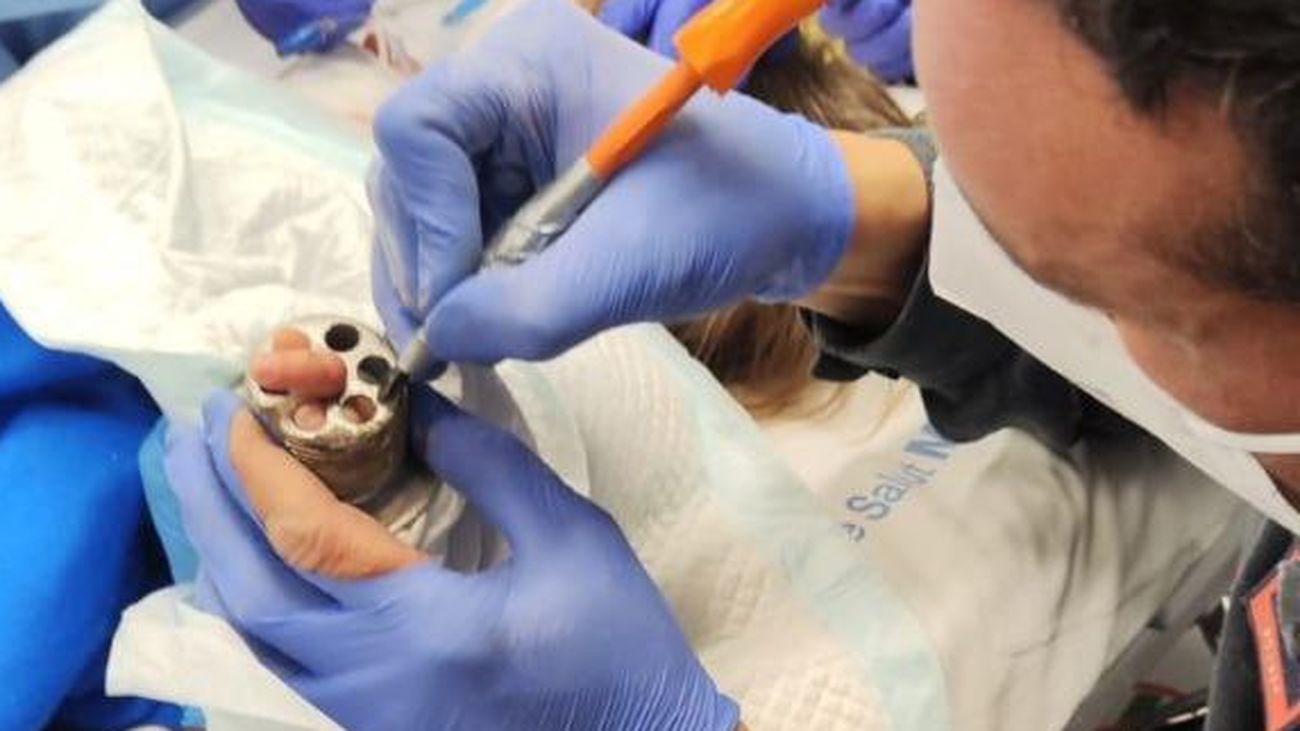How to preserve languages in a polyglot brain when a tumor is operated on?

health
Jesús Martín-Fernández is a neurosurgeon at the University Hospital of Nuestra Señora de La Candelaria, in Tenerife
How can the different languages spoken by multilingual people be preserved when they have to undergo surgery for a brain tumor? the neurosurgeon
Jesús Martín-Fernández gives the answer: operating on the patient while he is awake and examining which brain regions correspond to each of the languages in which he expresses himself.
Jesus Martin-Fernandez is
neurosurgeon at the University Hospital of Our Lady of La Candelariain Tenerife, as well as a composer, and received worldwide repercussion last year for his research published in "Neuroscience" on how different musical styles activate the brain, and specifically, how reggaeton was the one that most activated some of the areas involved on the
Parkinson's disease.
Now Martín-Fernández has published an article in the international scientific journal «Brain Sciences» entitled «Intraoperative mapping in multilingual patients:
What do we know and where are we going?«, and which he has carried out together with the neurosurgeons Alejandro Fernández Coello and Andreu Gabarrós, from the Hospital Universitari de Bellvitge and pioneers in awake surgery in Spain.
“We have tried to respond to the
mysteries of multilingualism making an extensive review of all the scientific literature and contributing the experience of the cases operated by this team with which I have had the opportunity to train, with Alejandro Fernández-Coello and Andreu Gabarrós at the head, references of awake surgery in brain tumors in Spain«, explains Martín-Fernández in an interview.
ef
Since the late 90s of the last century, the technique of awake surgery began to operate on multilingual patients with brain tumors or epilepsy unresponsive to medical treatment, the enigma of how a single brain can manage the different languages or how they are distributed throughout our brain.
Awake surgery is a procedure during which the patient does
concrete tests related to language while the different regions of the brain are stimulated.
“When we apply the electrical stimulus It is as if we were generating a virtual and temporary lesion in that specific area, giving us the information that, if the patient at that moment stops being able to continue understanding or speaking that language, that region is essential, and therefore, it must be respected so that do not lose your languages«, details the neurosurgeon.
Since more than
50% of the population is multilingualthat is, that he speaks two or more languages fluently, «it seemed interesting to us to try to answer the most important questions that have remained unanswered about the phenomenon of multilingualism, one of the most complex that occurs in our brain».
This group of
Spanish neurosurgeons concludes that there are different areas of the brain for each of the languages, although there are also some regions where different languages coexist, and this arrangement is highly variable from person to person.
Therefore, it is difficult to predict considering that factors such as exposure and
use of language or age at which a second or third language is learned affect the brain's organization of languages.
ef
Although through functional magnetic resonance imaging (an imaging technique that reports which brain areas are activated, for example, during speech or during comprehension) "we can get an idea of
which brain regions would be involved in the different languages in the brain of a multilingual patient, it really lacks sufficient spatial resolution and does not allow us to know which areas are the essential ones that we must preserve during surgery so that the patient, after surgery, can maintain all their learned languages«.
Jesús Martín-Fernández points out that for this reason, although functional resonance imaging is a useful tool, it really is
surgery awake which could allow the different languages to be preserved, since the tumor is removed after first checking where each of the languages is located.
Researchers have found that there are several
main factors that affect the distribution of the different languages, such as the age at which all those languages that are
they are not the mother tongue; the degree of skill of each language; exposure and daily use of each language, as well as the linguistic distance between the different languages (for example, Spanish and French, which share their origins in Latin, are not the same as Italian and Chinese, which have entirely Latin origins). different).
In this regard, some studies of awake surgery show that those languages that are learned
before 6-7 years they tend to coexist in the same regions (overlapping), while languages learned after that age are more dispersedly organized.
Magnetic resonance studies also shuffle the
hypothesis that languages acquired later and with less skill level would need more brain regions for the effort involved in speaking and understanding the new language.
Another fundamental aspect that has been investigated in this article is the ability to voluntarily and effortlessly switch from one language to another, as well as to maintain it without interference from other languages. This phenomenon is called
"switching"and its neuronal bases have been little studied.
"Until recently we didn't know
which regions exactly they were in charge of this function, which is absolutely essential to effectively manage several languages within our brain«, specifies Jesús Martín-Fernández.
There are certain regions that must be respected for this to be possible, since "when we stimulate these areas in charge of »switching« while the patient is doing language tasks, we have seen how while, for example
count from 1 to 10it changes uncontrollably from one language to the other«.
The researcher stresses that "switching"
It is an extremely complex phenomenon. that involves both superficial regions (cerebral cortex) and deeper regions (white matter) of our brain, some of which are probably yet to be discovered.
Jesús Martín-Fernández points out that the surgery wakes up with an adequate test of each of the languages would allow them to be preserved during surgery for a brain tumor that,
when it is slow growing"it gives our brain time to move our higher brain functions, such as language, out of the tumor area."
This study may represent one more step in the future of oncological neurosurgery, an extremely complex world that is advancing at great speed, and "a little more evidence that we are reaching a level of knowledge of the
brain which, although limited, allows us to offer a neurosurgery that not only tries to cure or prolong life, but also a good quality of life, respecting something as important as language«.
Probably
be the most complex brain function and that makes us what we are and who we are«, adds the neurosurgeon.











